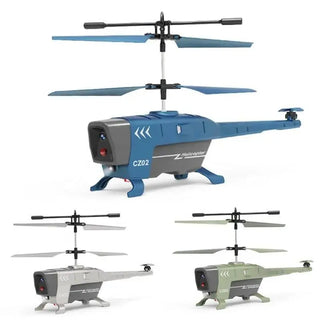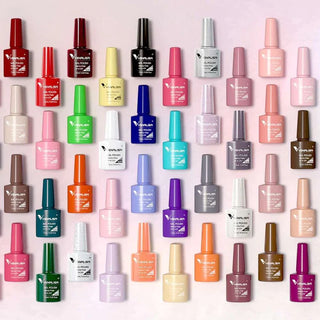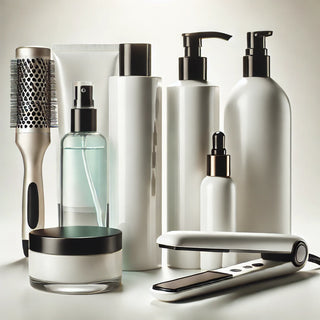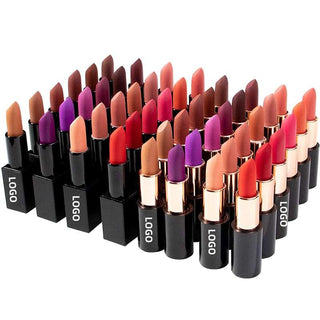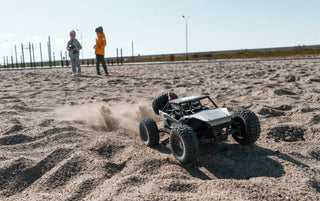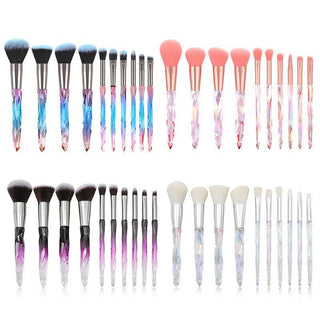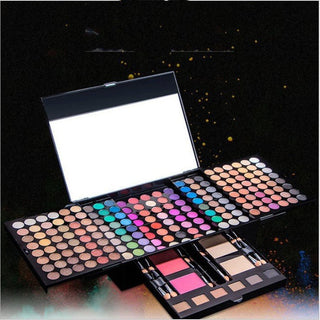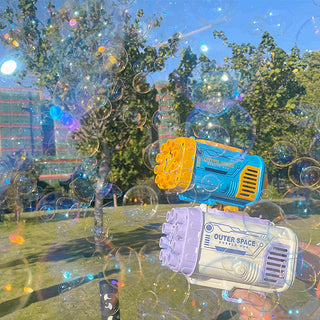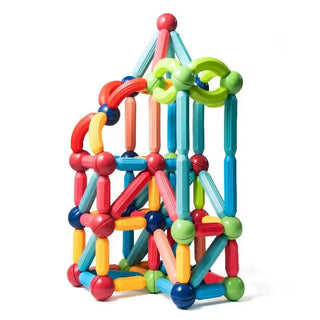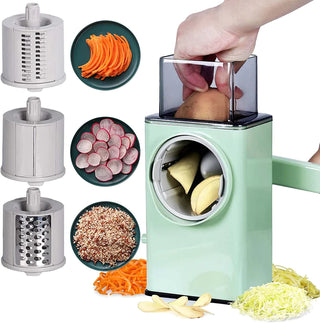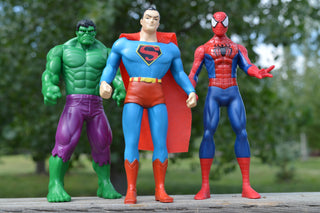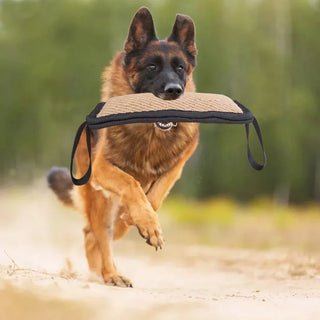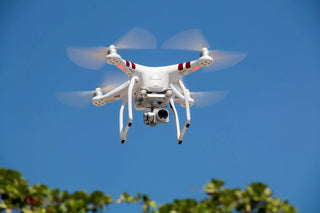Ever wondered how those stunning aerial shots in movies or travel videos are captured? It's all thanks to drone airplanes with cameras. Over the past few years, these gadgets have transformed from military tools to everyday devices for hobbyists and professionals alike. Whether you're a filmmaker, a farmer, or just someone who loves cool tech, there's a drone out there for you. They're not just flying cameras; they're a new way to see the world.
Key Takeaways
- Drone airplanes with cameras have evolved from military origins to consumer gadgets, making aerial photography more accessible.
- Technological advancements have improved drone cameras, offering features like 6K resolution and obstacle avoidance.
- Choosing the right drone involves understanding types, key features, and budget considerations.
- Mastering aerial photography requires planning shots, experimenting with angles, and using lighting effectively.
- Drone airplanes are used across industries, from agriculture to search and rescue, showcasing their versatility.
The Evolution of Drone Airplanes with Cameras

From Military Origins to Consumer Use
Drones, originally designed for military reconnaissance, have come a long way. Back in the early 20th century, these unmanned aerial vehicles (UAVs) were cumbersome and limited in scope, primarily used for surveillance. Fast forward to the 1960s, hobbyists started tinkering with model planes, attaching cameras to capture aerial views. This marked the beginning of drone photography as we know it. By the early 2000s, advancements in technology transformed these gadgets into accessible tools for everyday consumers, paving the way for a new era in aerial photography.
Technological Advancements in Drone Cameras
The tech behind drone cameras has seen remarkable progress. Initially, drones had cameras with wide-angle lenses and distortion issues. Today, they boast high-resolution capabilities, including 4K video and professional optical zoom lenses. The introduction of drones like the Dual 4K Camera Foldable Drone has revolutionized the industry, offering features like infrared and night vision for capturing stunning imagery in any condition. These advancements not only improve image quality but also expand the possibilities for creative and professional use.
Impact on Aerial Photography
Drone technology has redefined what’s possible in photography. Photographers and filmmakers now have the freedom to explore perspectives that were once out of reach, capturing breathtaking landscapes and dynamic urban scenes. The ability to fly over obstacles and access remote locations has opened up new creative avenues and storytelling techniques. In essence, drones have not just added a new dimension to photography; they’ve completely reshaped the landscape of visual arts.
Choosing the Right Drone Airplane with Camera
Understanding Different Types of Drones
Picking the perfect drone can feel like a maze with so many options out there. But don't worry, it's simpler than it looks. Drones generally fall into three categories:
- Beginner Drones: These are great for newbies. They're affordable and pretty easy to fly. The downside? The camera quality isn't the best, but they're perfect for learning the ropes.
- Mid-range Drones: If you've got some flying experience, these might be your sweet spot. They offer a good balance between price and features, with decent cameras and solid performance.
- Professional Drones: For those serious about photography or filmmaking, these are the big guns. They come with top-notch cameras and features but can be quite pricey.
Key Features to Look For
When you're shopping for a drone, keep an eye out for a few important features:
- Camera Quality: Look for drones with high-resolution cameras. A 4K camera with a good sensor can make a huge difference.
- Gimbal: A 3-axis gimbal is ideal as it stabilizes your shots, keeping them smooth even when the drone is moving.
- Battery Life: Longer battery life means more flight time. Most drones last about 20-30 minutes, so consider getting spare batteries.
- Range: The further your drone can fly, the more you can explore. Some drones have impressive ranges, so check that out.
- GPS and Obstacle Avoidance: These features help with stability and safety. GPS can bring your drone back to you, and obstacle avoidance can prevent crashes.
Budget Considerations
Your budget will play a big role in your choice. Here's a quick breakdown:
- Under $200: You can find basic models that are good for beginners. They might lack some features but are a great start.
- $200-$500: This range offers more features and better cameras. Perfect for hobbyists who want more than just the basics.
- Above $500: Here, you'll find drones with advanced features and pro-level cameras. Ideal for those who want top-quality footage.
When choosing a drone, think about what you need it for. Whether it's capturing family moments or shooting a short film, there's a drone out there for you. Remember, the best drone is the one that fits your needs and budget.
For beginners, the Adventure Ready Dual Camera Folding Drone is a solid choice. Its compact design and dual cameras make it perfect for capturing stunning aerial shots.
Mastering Aerial Photography Techniques
Planning Your Shots Effectively
Before you even get your drone off the ground, it's all about planning. Think about what you want to capture. Are you after a sweeping landscape or maybe a close-up of something specific? Consider the time of day too, because lighting can make or break your shot. Early mornings and late afternoons usually offer the best natural light. Make a checklist of your desired shots and plan your flight path accordingly. This prep work helps you avoid wasting battery life and ensures you capture everything you need.
Utilizing Heights and Angles
When it comes to drones, height is your friend. But don't just fly high for the sake of it. Experiment with different altitudes to see how they affect your composition. Lower angles can add drama, while higher ones give a broader perspective. Play around with tilting your camera too. Sometimes a slight tilt can turn a good shot into a great one. Remember, the rule of thirds still applies in the sky, so use it to frame your subject creatively.
Incorporating Lighting and Shadows
Lighting is crucial in any form of photography, and aerial shots are no exception. Use the golden hour—the time just after sunrise or before sunset—to capture soft, warm tones. Shadows can also be your ally, adding depth and texture to your images. Look for patterns in shadows to create interesting compositions. If you're shooting video, try to maintain consistent lighting to keep your footage looking professional.
Aerial photography isn't just about flying high. It's about capturing the world from a unique angle, using light and shadow to tell a story that can't be told from the ground.
Applications of Drone Airplanes in Various Industries

Agriculture and Environmental Monitoring
Drones are transforming agriculture by providing farmers with a bird's-eye view of their fields. They help monitor crop health, assess soil conditions, and manage irrigation systems. Farmers can now identify areas that need more attention, leading to better yields and efficient resource use. In environmental monitoring, drones are used for tracking wildlife, mapping forest areas, and even monitoring the effects of climate change.
Construction and Infrastructure Inspection
In construction, drones are invaluable for surveying sites and creating detailed maps. They offer a comprehensive view of large projects, like highways or skyscrapers, without the need for scaffolding or cranes. This not only saves time but also enhances safety. Inspecting infrastructure such as bridges and towers becomes easier and less risky with drones, allowing for early detection of potential issues.
Search and Rescue Operations
Drones are proving to be lifesavers in search and rescue missions. Equipped with cameras and sensors, they can quickly cover large areas, especially in challenging terrains like mountains or forests. They provide real-time data to rescue teams, helping locate missing persons or assess disaster-hit areas. This rapid deployment can make a critical difference in emergency situations.
Drones are not just tools; they are becoming essential partners in various industries, enhancing capabilities and improving outcomes.
Navigating Legal and Ethical Considerations

Understanding Drone Regulations
Flying a drone isn't just about fun and photography; it's also about following the rules. Drone regulations can vary widely depending on where you are. Each country—and sometimes even regions within a country—has its own set of laws governing drone use. It's crucial to familiarize yourself with these rules before taking to the skies. For instance, some places require you to register your drone, while others might have strict no-fly zones. Always check with local aviation authorities to ensure you're compliant.
Privacy Concerns and Solutions
Drones equipped with cameras can be a privacy nightmare if not handled responsibly. The ability to capture high-resolution images from above means you might inadvertently invade someone's privacy. To avoid this, always be mindful of where you're flying. Avoid hovering over private properties without permission. Implementing "geofencing" technology, which restricts drones from flying over certain areas, can also be a solution to mitigate privacy risks.
Safety Protocols and No-Fly Zones
Safety should always be a top priority when flying drones. This means understanding and respecting no-fly zones, which are areas where drone flights are prohibited. These can include places like airports, military bases, and even certain public events. Additionally, weather conditions play a crucial role in safe drone operations. Avoid flying in extreme weather conditions like high winds or heavy rain. Always perform a pre-flight check to ensure your drone is in good working condition.
Before you set your drone into the sky, remember that being informed and cautious can save you from potential legal and ethical pitfalls. Flying responsibly not only ensures your safety but also helps maintain the integrity of the drone community.
Future Trends in Drone Airplanes with Cameras

Advancements in Autonomous Flight
The future of drone airplanes is all about autonomy. We're talking about drones that can fly themselves with minimal human input. This means more sophisticated sensors and algorithms that allow drones to navigate complex environments safely. Imagine drones that can automatically adjust their flight paths to avoid obstacles or adverse weather conditions. This level of autonomy could revolutionize industries like delivery services and agriculture, where precision and reliability are key.
Integration with AI and Machine Learning
AI and machine learning are set to transform how drones operate. These technologies enable drones to process data in real-time, making decisions on the fly. For instance, drones could analyze vast areas of farmland to detect crop health issues or optimize irrigation. In the construction industry, drones might assess structural integrity or progress on a site without any human intervention.
Potential Challenges and Opportunities
While the future looks promising, there are hurdles to overcome. Privacy concerns, regulatory hurdles, and the risk of technological malfunctions are significant challenges. However, these challenges present opportunities for innovation. Developing robust privacy protocols and creating fail-safe systems can make drone technology safer and more reliable. Plus, as regulations catch up with technology, we might see new remote-controlled airplane options for enthusiasts and professionals alike.
The future of drone airplanes with cameras is a blend of cutting-edge technology and innovative thinking. As we embrace these advancements, the possibilities seem endless, offering new ways to capture the world from above.
As we look ahead, the future of drone airplanes equipped with cameras is bright and full of exciting possibilities. These advanced flying machines are set to change how we capture images and videos from the sky. Whether for fun or professional use, drones will become more accessible and user-friendly. Don't miss out on the latest trends and innovations in drone technology! Visit our website to explore more about these amazing devices and find the perfect drone for your needs!
Wrapping It Up: The Future of Drone Photography
So, there you have it. Drones with cameras are changing the game for photographers and filmmakers alike. Whether you're a pro or just starting out, there's a drone out there that fits your needs and budget. From capturing sweeping landscapes to getting up close with urban architecture, the possibilities are endless. But remember, it's not just about the gear. Planning your shots, experimenting with angles, and understanding lighting can make all the difference. As technology keeps advancing, who knows what new heights drone photography will reach? One thing's for sure, it's an exciting time to be part of this aerial revolution. So grab your drone, get out there, and start capturing the world from above. Happy flying!
Frequently Asked Questions
What is a drone airplane with a camera?
A drone airplane with a camera is a flying machine that can be controlled remotely and is equipped with a camera to take photos or videos from the sky.
Are drones with cameras easy to fly?
Many drones come with features like automatic stabilization and GPS, making them easier to fly, even for beginners.
What are some popular drones with cameras?
Popular drones include the Autel Robotics Evo II Pro and DJI Inspire 2, known for their advanced camera features and flight capabilities.
What should I consider when buying a drone with a camera?
Consider the drone's camera quality, flight time, ease of use, and your budget when selecting a drone.
Can drones be used for professional photography?
Yes, many drones have high-quality cameras suitable for professional photography, offering unique aerial perspectives.
Is it legal to fly drones anywhere?
No, there are specific regulations and no-fly zones where drones cannot be flown. It's important to check local laws before flying.

